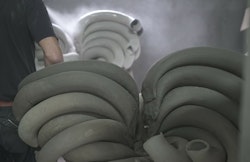
Discover
Discover new artists, articles and other craft related topics. Use the tags to search all contents.
Excellence in Craft

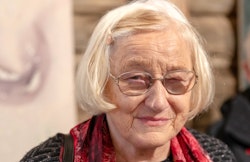
Weaving the Wild: the Work of Brit Fuglevaag
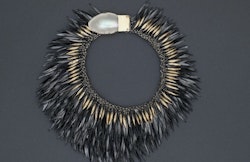
Tone Vigeland: Hands on
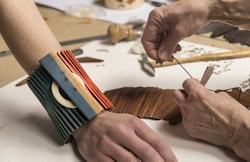
Liv Blåvarp: Touch Wood
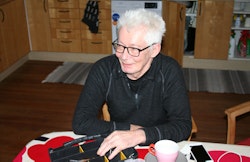
Perisak Juuso
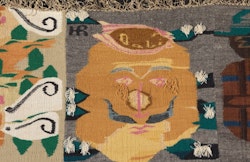
Hannah Ryggen's Popularity
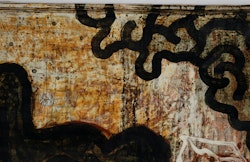
Marit Tingleff: Serving up Stories with Chances
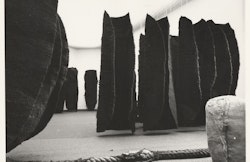
Magdalena Abakanowicz and the Norwegian Art Scene: Style Creator or Liberating Role Model?
Textile Art
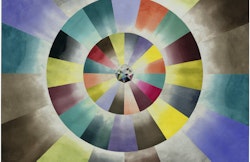
Inger Johanne Rasmussen: Beauty and Myth
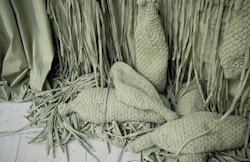
John K. Raustein: The Future is Solely Motivated by Nostalgia
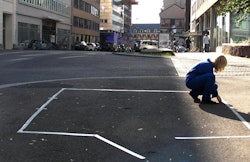
Karen Kviltu Lidal: Exposing Power Structures
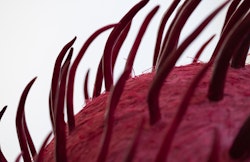
Aslaug Juliussen: A Sense of Sustainability
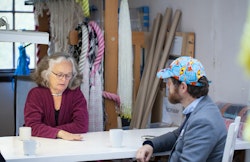
A Studio Visit with Ellen Grieg
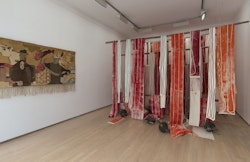
Between the Dishrag and the Tiger
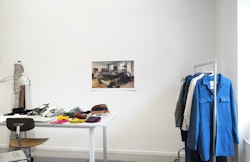
Franz Petter Schmidt: The Consummate Object
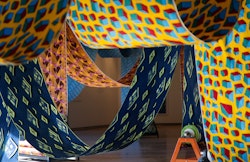
Toril Johannessen: Unlearning Optical Illusions

On the Home Knitter's Time
In this observation by HDK-Valand alumna Anna-Maria Saar, we follow the actions of a Sweden-based craftswoman, Anna Vikström, at her home on a weekday while she is engaged in various knitting-related activities. Saar observed Vikström over the course of eight hours, using a pen, coloured pencils, a phone camera, and two notebooks to complete her observation.
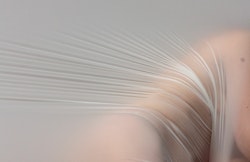
Elastic Imprints and Fluid Forms
Malin Bülow uses her artistic practice to explore interconnectedness, and to understand our bodies as being fundamentally part of the natural world and not separate from or privileged to it.
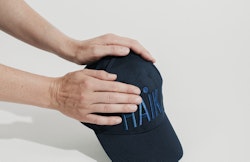
HAiK: Camouflaged Art or Bold Fashion?
This interview by Geir Haraldseth with Ida Falck Øien investigates the fashion brand HAiK's conceptual approach to garment-making, using anthropological methods, interdisciplinary collaboration, and focus on crafting traditions.

Toril Johannessen: Unlearning Optical Illusions
Jessica Hemmings reflects on the textile works of artist Toril Johannessen and her exhibition Unlearning Optical Illusions. At first sight, Johannessen’s works evoke connotations to the patterns found on West-African textiles but at a closer look, these patterns explore and challenges early theories on optical illusions.

Franz Petter Schmidt: The Consummate Object
In this interview with artist Franz Schmidt by Gjertrud Steinsvåg we are introduced to the exhibition Weaving Fabrics for Suits at Oslo Art Society and Schmidt’s experience working with decommissioned industrial woollen mills.

Between the Dishrag and the Tiger
This essay by Toril Moi investigates the power of textiles, as a potentially feminist endeavour. The essay was published in the exhibition catalogue for Ode til en Vaskeklut, Hymne til en Tiger, a survey of textile art from Norway in connection with the 40th anniversary of Norwegian Textile Artists (2017).

A Studio Visit with Ellen Grieg
In this interview, Ellen Grieg talks about dyeing processes, working sculpturally with rope and her artistic practice as a long-term research project
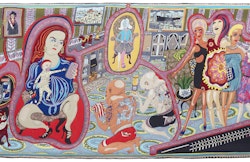
Grayson Perry: The Mad Potter
British artist Grayson Perry is a television star and transvestite whose best friend is a teddy bear. But he believes that making ceramic vases is far more provocative. In this interview by Kristin Valla we get an insight into his practice as a ceramic and textile artist.
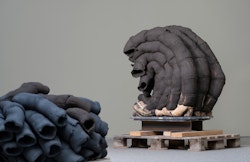
Bergen: Rupture and Movement
In this article, Anne Britt Ylvisåker writes about the craft artists Marit Tingleff, Kari Dyrdal and Torbjørn Kvasbø and their strong connection and impact on the development of the craft education in Bergen, Norway.

Karen Kviltu Lidal: Exposing Power Structures
In this essay, Sofia M. Ciel examines the work of Karen Kviltu Lidal, which explores society, architecture, and public life from the starting point of the physical body. Kviltu Lidal moves freely between art forms such as weaving, installation, and video documentation, but textiles prevail as her basic point of reference in both the metaphorical and literal sense.

Magdalena Abakanowicz and the Norwegian Art Scene: Style Creator or Liberating Role Model?
The internationally acclaimed Polish artist Magdalena Abakanowicz (1930–2017) contributed to a new epoch in textile art in the 1960s. Her exhibitions in Norway triggered increased interest in textile-based art in the country, and her authoritative attitude as a female artist was pioneering. In this article by Runa Boger we learn more about her influence on the next generation of textile artists.

John K. Raustein: The Future is Solely Motivated by Nostalgia
In this essay, artist and critic Tommy Olsson reflects on John K. Raustein's exhibition When Everything Falls into Place that was exhibited at Kunstnerforbundet in Oslo, in 2019 – an immersive, site-specific textile installation.

Hannah Ryggen's Popularity
The Swedish-Norwegian textile artist Hannah Ryggen (1894-1970) wove tapestries using locally sourced wool and plant dyes from her and her artist husband Hans Ryggen’s farm on Fosen, by the Trondheim fjord; yet her activist tapestries offer a rich political commentary on global events such as Mussolini’s invasion of Ethiopia, the Vietnam war, and Nazism’s emergence in Europe. In this article by Line Ulekleiv, we are invited to investigate the relevance of Ryggen’s practice in contemporary society, and the reasons behind her rising popularity in recent years.

Inger Johanne Rasmussen: Beauty and Myth
Rasmussen’s artistic practice combines different expressions related to other craft traditions and painting. Her works are characterised by bold colours and geometric patterns juxtaposed with floral imagery. In this article by Marit Øydegard we get a closer look at the exhibition 'Retellings and Myths', a collaboration with Terje Nordby – a playwright, radio celebrity and ‘mythologist in private practice.’ The textiles themselves tell stories, but through Nordby’s reflections, they take on an added dimension.
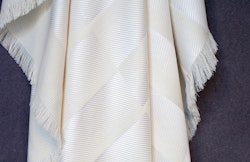
Kiyoshi Yamamoto: Material as Metaphor
An interview with artist Kiyoshi Yamamoto by André Gali
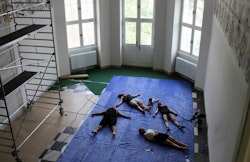
Mata Aho: Māori Weaving Practices at Atua-Scale
A conversation between Zoe Black and Aotearoa New Zealand art collective Mata Aho

Weaving the Wild: the Work of Brit Fuglevaag
An interview one of Norway's foremost textile artists through several decades, Brit Fuglevaag, by Zoe Black
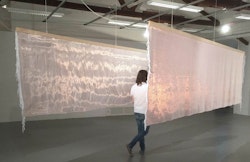
Pearla Pigao: Playing Patterns
An interview with textile artist and musician Pearla Pigao by Tora Endestad Bjørkheim and Johnny Herbert
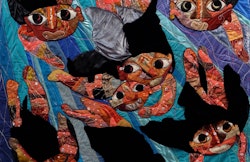
Love as a Rebellious Act
Sarah Hudson (Ngāti Awa, Ngāi Tūhoe and Ngāti Pūkeko) has been an admirer of textile artist Ron Te Kawa’s practice and champions his unique approach to sharing Indigenous narratives and stories from te ao Māori (the Māori world) through toi tuitui (art making using sewing and fabric). In this article, Sarah Hudson explores Ron’s practice through the celebration of play and aroha (love), resilience and punk energy, and loud and rebellious joy.
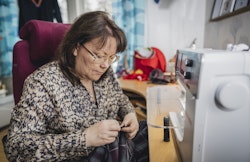
Reconstructing Gábde Based on Racial Biology Archives
In 2022, it was one hundred years ago that the Swedish State Institute for Racial Biology was established in Uppsala, Sweden. Many ethnic groups and other socially vulnerable subgroups were measured, tested, and photographed in the name of racial biology. The Sami were one of them. In this article, the duodjár and textile artist Katarina Spik Skum describes how she came to use the photographic archive of the Institute for Racial Biology as a source of inspiration for the creation of gábde from the Lule Sami area.
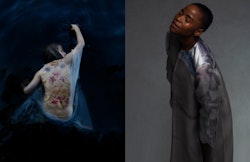
Co-Culturing: Crafting the Living
A conversation between designers Linda Nurk and Natsai Audrey Chieza.
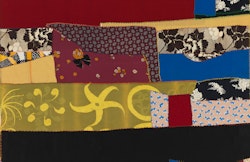
Noa Eshkol’s Rules, Theory and Passion: About the Status of Textiles in Her Artistic Practice
An interview with Mooky Dagan conducted by Marianne Hultman about the wall carpets of the dancer, choreographer, artist teacher and researcher Noa Eshkol.
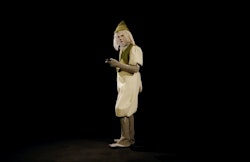
Pitch, Prosess, Produkt
Artists Siri Hjorth’s and Sebastian Makonnen Kjølaas’ Pitch, Prosess, Produkt is an artwork consisting of three short films investigating contemporary textile art in a larger cultural context.
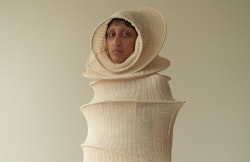
Can Textile Craft Help Restore Planetary Health?
An essay about how regenerative textile practices can aid in our current planetary emergency written by Carole Collet.
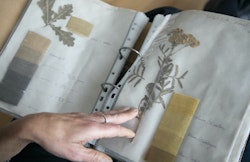
On Fibre Optic Weaving and the Archiving of Landscape
Film and interview with Hilde Hauan Johnsen by Ingun Mæhlum and Hilde Sørstrøm